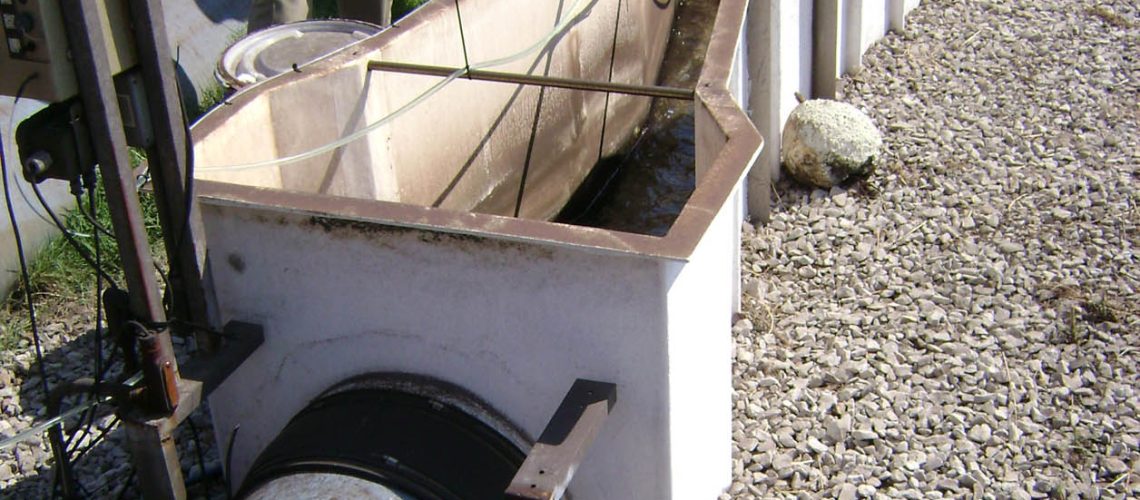Flumes are among the best solutions for flow rate measurement efforts, as they offer near-universal compatibility with a wide variety of flow channel conditions. That compatibility is only possible, however, thanks to the variety of different flume styles available. You’ll still have to find the right style for your unique conditions. Learn how to choose a flume style, and discover which type of flume would be best suited for your unique needs.
Site Conditions
The first step is to consider what kind of site you’re dealing with. For the most part, you’ll want to select a device that most closely resembles the natural channel you’re working with. That’s not always so simple, however, so you may have to sort through multiple potential fits that cover the range of anticipated flows.
When it comes to flumes, you’ll want to look at the cross-sections of the flume to see what fits best, whether it’s rectangular, trapezoidal, or U-shaped. Additionally, you’ll have to consider whether you’re dealing with a piped flow. Quite a few different styles can come outfitted with end adapters that make them easily integrate into piped systems.
Flow Composition
If your flow is relatively free of solids, it doesn’t really matter what kind of flume you opt for. If you’re looking for a solution for flows with heavy solids, however, you’ll need to consider what will pass the solids best. Flumes with elevated throats tend to have more problems with solids when compared with flumes that have flat floors like Parshall and trapezoidal flumes.
Additionally, any flume with a narrow throat is going to have trouble passing flows with solids because the throat can easily become clogged. Narrow is typically anything under 3 inches in width. When you’re working with that little space, you’ll want to have your flow screened beforehand to ensure that no solids are passing through.
Expected Flow Range
Wastewater flows aren’t always going to be consistent. It’s common for there to be quite a bit of variation within them, so whatever flume you opt for needs to be prepared. The variations you would expect are known as the flow range for your channel. To ensure that your flume can handle the flow range, you’ll need to make sure that the most intense and least intense flows can still be accurately measured.
Several flume types tend to work for one extreme or the other. Low flows, for example, can be serviced fairly easily by trapezoidal flumes, while high flows are best fit for Parshall flumes. In fact, the largest flows use Parshall flumes virtually exclusively. Keep in mind that you can also opt for a nested configuration in which a smaller flume is set inside a larger flume to account for varied flow intensities.
Choose Your Flume With Tracom
Now that you know how to choose a flume style, you need a manufacturer you can count on. That’s where Tracom can help. Our team will work with you to find the best flume for your unique flow channel conditions. Contact us today to get started!


